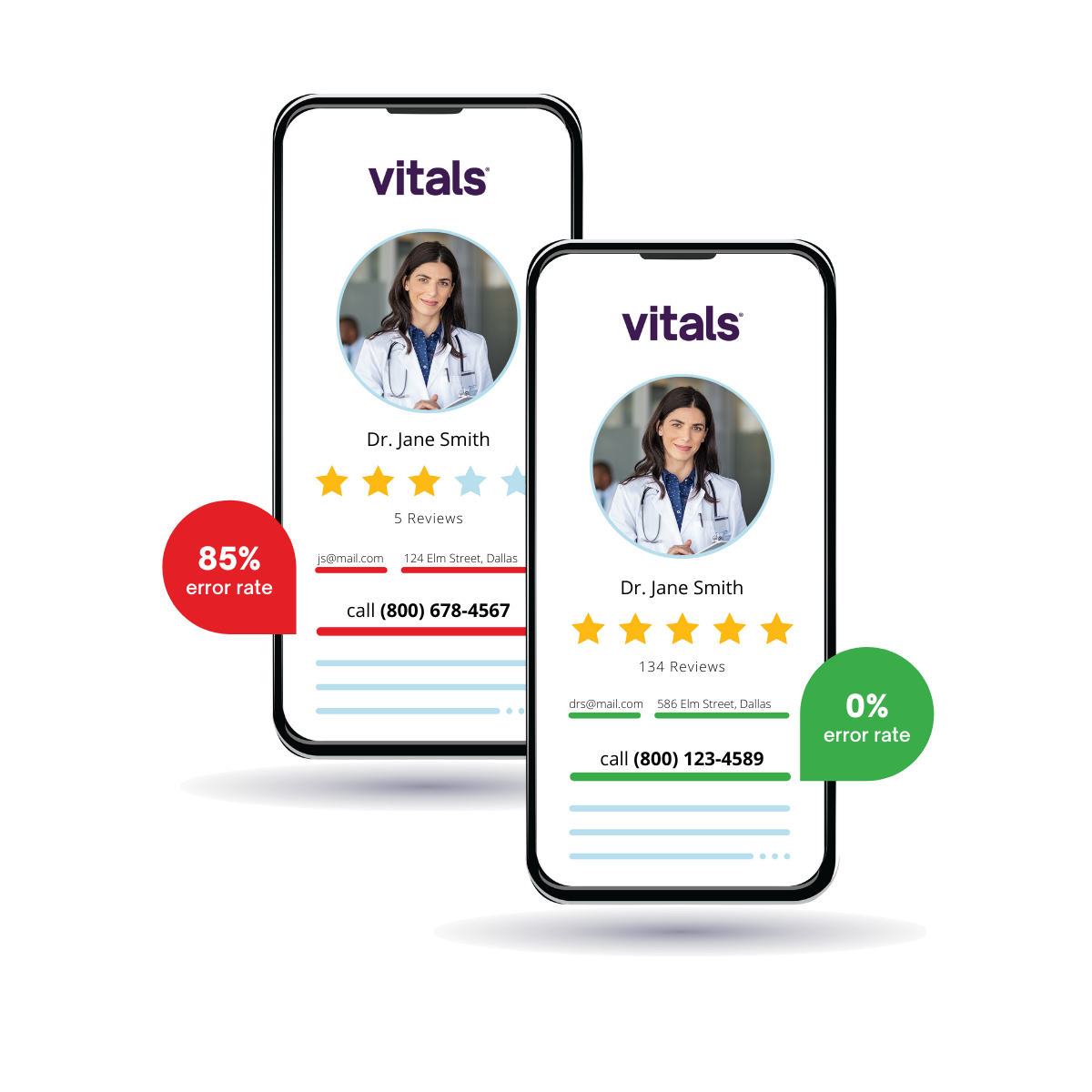Tracking Patient Attribution & the Patient Journey
Tracking Patient Attribution & the Patient Journey
Physicians should be focusing on patient attribution when determining the Return On Investment (ROI) each patient has within their practice. Monitoring and measuring the number of booked appointments allow you to work backward from an event or marketing campaign to determine which channel gets assigned the attribution credit. Attribution is the marketing term for knowing which efforts are bringing in the most patients, therefore revenue.
Your practice may have a solid roster of returning, loyal patients, but growth may be slow unless you know how they are finding you. Attribution models allow you to see where your patients are coming from and by specific channel, so you can bring in more patients with modifications to an existing campaign or advertisement.
Understanding the Patient Journey
Tracking attribution helps inform you of where people are converting in the patient’s journey.
A patient journey map is a blueprint of all the touchpoints a patient goes through in their care journey with a physician or practice. This includes the touchpoints before, during, and after a visit, like a digital ad, calling to make an appointment, and then appointment follow-up communication.
Patient journey mapping is an excellent way to visualize an overview of the patient experience throughout their care. Knowing this information allows healthcare providers to assess and audit their approach to the treatment and care seen from their patients’ point of view. Through patient journey mapping, providers can identify potential problem spots and create solutions to these pain points. This also provides an opportunity to find where improvements can be made and discover opportunities for innovation.
Tracking the patient journey determines which step is responsible for the patient ultimately making an appointment: a Call-To-Action (CTA) on your website or landing page or a social media ad campaign. All of the patient journey steps are crucial to the final conversion, but one step always stands out as being the most important to each specific patient. It may not be the same step for each patient, but patterns will appear as you track and monitor these campaigns.
Utilizing Google Analytics
A tool like Google Analytics helps track attribution funnels and campaigns to follow the patient journey map and determine which channels are most important to your patient attribution success.
Google Analytics offers two attribution models: The “last click” attribution and a multi-channel attribution model. “Last click” attribution gives 100% credit to the last click in the patient journey- or the last click made before an appointment is created.
Multi-channel attribution models provide in-depth insights on ROI and integrate with Google Ad campaigns. If you are currently running Google Ads, this tracks leads that convert without making a significant change to your existing marketing efforts.
Google Analytics is used to track UTMs (Urchin Tracking Models), which are trackable links. These are used on social media to track the source of visits for a specific URL in an attribution campaign.
Google Analytics helps track leads and funnel them into proper pipelines. These help track where they are in each conversion process or patient journey. Tracking leads determine where people convert: which ads are visible and what call-to-actions are more effective. Google offers an additional layer of analytics visibility through Custom Dimensions, allowing leads to be segmented into specific types of journeys. The Google User Explorer examines user behavior during their sessions within a conversion funnel.
Social Media
People looking for a physician or specialist make digital contact with a practice approximately six times before booking an initial appointment. Using trackable links on social media helps provide insight on what channels are most effective and where people are in their patient journey.
Facebook conversion ad parameters can be set up to understand what ads drive traffic and convert to patient appointments. This tracks conversion across various devices – mobile or desktop – and assigns credit based on incremental data-driven statistics.
Local Listing Premium Profiles
For physicians, using premium profiles on healthcare-specific platforms like WebMD helps drive patient attribution at more effective rates than social media. 83% of patients report reading reviews on a physician’s profile before making an appointment. Premium profiles have undergone recent advancements that allow appointment request buttons and call tracking capabilities. It is easier to track a patient’s journey and where they are in the conversion process.
Learning How Appointments are Made
Patient attribution is monitored through a conversion funnel, using leads and a patient journey mapping tool. The patient-facing front desk staff is the “face” of in-office conversions. Depending on the channels utilized and advertisements created, a call-tracking number is frequently the last click in an active campaign.
Having your front office staff informed on what ads are currently running for patient attribution helps them know where leads are coming from and how they can produce higher conversion rates. Educate your team with this information:
- Informing the front desk team on what ads are active and on which channels (social media, email, etc.).
- Give your team the proper tools to contact potential patients as soon as they enter the pipeline to book an appointment.
- Track the leads and conversions on a spreadsheet or in CMS software to know if a lead has converted.
The end goal is to convert the highest number of leads possible into new patient appointments. Give your staff the tools they need to succeed in their efforts to result in incremental new patient growth.
A critical factor in this strategy includes your front desk staff, who are frequently the first team members interacting with a new patient to make an appointment. Having your team well-trained to track leads and successfully convert leads into patients is mission critical.
Measuring and monitoring patient attribution, effective marketing campaigns, and patient ROI through the utilization of analytics software or a third-party database creates a fail-proof way to follow a patient’s journey and have a higher patient attribution rate.

